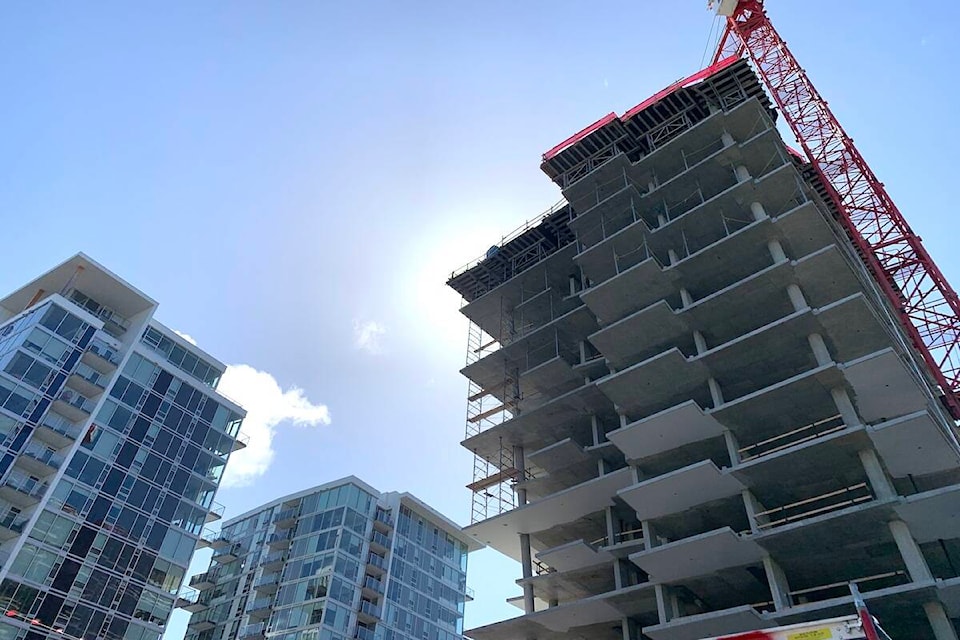Canadian renters are facing starker affordability issues than their homeowning counterparts, according to new census data released Wednesday.
The new housing data shows the first of the month is harder on renters. The increase in monthly costs facing renters (utilities and rent) outpaced those that homeowners are paying, such as mortgage and property taxes. The median monthly shelter cost for renters grew by 17.6 per cent since 2016, while homeowners saw a 9.7 per cent hike in that timeframe.
The median renter household income growth rate was double that of homeowners countrywide from 2016 to 2020, but owners made about twice as much overall.
READ:
Canada had more homeowners – reaching 10 million – in 2021, compared to any other point in its history. But buying was harder over the past decade in B.C., which recorded the third-largest decline in provincial homeownership from 2011 to 2021.
Median household after-tax incomes increased by 18 per cent since 2016 (not accounting for inflation), while the average price of an owner-occupied home rose by 39.6 per cent.
“When the price of buying a home grows faster than household incomes, it becomes more difficult for people to afford buying a home,” StatCan said.
British Columbia has the largest share of condo dwellers nationally, with about 23 per cent of all households calling a condo home. One-fifth of Greater Victoria households live in a condo – the fourth highest proportion in the province and seventh nationally.
Condominiums are a gateway to homeownership and housing investment for many, StatCan said, with millennials making up the largest share of occupants. Just over three-quarters of B.C.’s condos in 2019 were owned by individual Canadian investors, not corporations or other entities. One-third of first-time B.C. home buyers chose a condo in 2020.
As urban centres densify, Statistics Canada said apartments in buildings with five or more storeys were the fastest-growing housing type nationally since 2016. The country’s overall rental supply dropped between 1996 and 2006 and StatCan noted increased demand is being fuelled by population growth, an aging Canadian population, and younger people gravitating to downtown lifestyles.
jake.romphf@blackpress.ca. Follow us on Instagram. Like us on and follow us on




